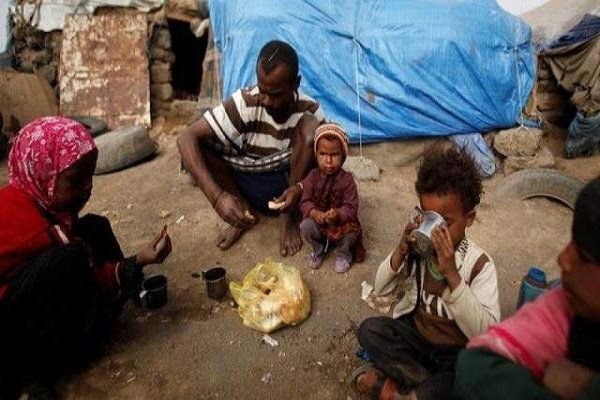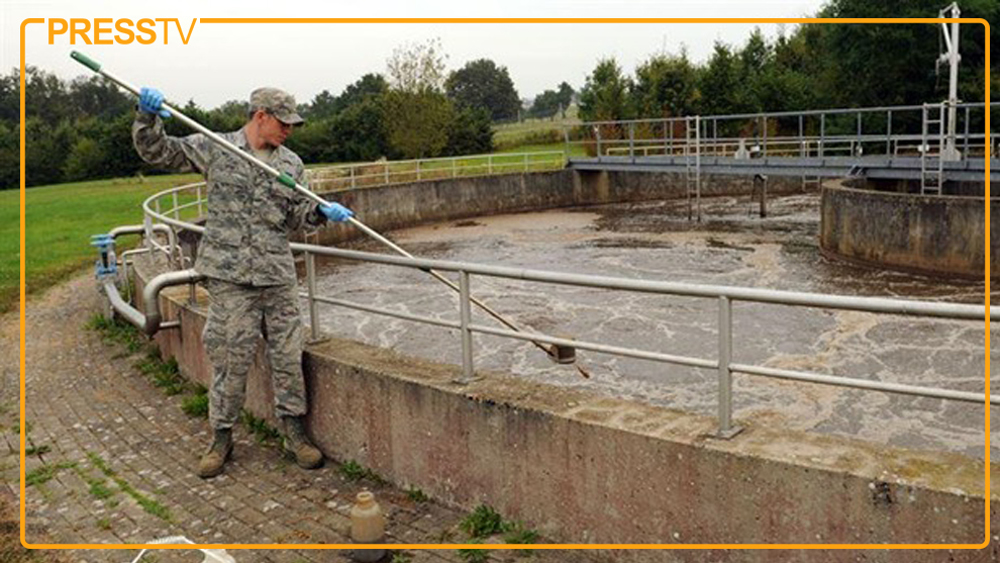Iran’s Auto Parts Industry on Brink of Collapse; 400,000 Jobs at Risk
TEHRAN (Iran News) Mohammadreza Najafi-Manesh, chairman of the association, said that although the sector had already been grappling with challenges, the recent 12-day conflict in the region dealt a devastating blow to the industry. “For the first time in 13 years, production units have been forced into large-scale layoffs,” he noted. A recent survey of 60 auto parts companies in Tehran showed that around 80% have either reduced their workforce or are on the verge of doing so.
Industry leaders cited a cascade of issues: returned checks from automakers, delayed payments, declining market trust, a surge in middlemen, and persistent liquidity shortages. Najafi-Manesh urged policymakers to recognize the urgency of the situation and communicate it to decision-makers.
Arash Mohebbi-Nejad, the association’s secretary, painted an even grimmer picture. He explained that the industry suffers from chronic underinvestment, outdated technology, and a lack of stable financing. While Iran’s automakers are officially capable of producing 1.7 million vehicles annually, parts manufacturers’ output is only sufficient for around 200,000 units. Financial statements show Iran’s two largest automakers have accumulated losses of about 600 trillion tomans (approximately $12 billion) due largely to unpaid debts across the supply chain.
Medi Matloubzadeh, another board member, stressed that the crisis is no longer about increasing domestic production but about saving the industry from collapse. He highlighted a stark gap of 600 trillion tomans between factory prices and market prices of vehicles, which he attributed to restrictive government pricing policies. As a result, speculation has flourished, driving up losses for both consumers and manufacturers.
Matloubzadeh predicted that by late September, up to 400,000 out of roughly 550,000 workers in the auto and parts sectors could lose their jobs. This would force the social security system to pay significant unemployment benefits while its revenues drop due to mass layoffs. He also criticized plans to import second-hand vehicles, warning they lack standardized global pricing and would worsen parts shortages.
Faramarz Tayebi, another association member, described the liquidity crisis as the industry’s “biggest threat.” Automakers reportedly owe parts makers over 150 trillion tomans, of which 55 trillion tomans in matured receivables remain unpaid. Returned checks have also undermined producers’ access to banking credit, paralyzing cash flow throughout the sector.
Babak Karimkhan, the association’s vice chairman, emphasized that the industry is battling multiple shocks: regional conflict, reduced purchasing power, and rising consumer sensitivity toward liquid assets. Falling demand and financial uncertainty have pushed many firms to slash production or suspend operations entirely.
Karimkhan warned that if no immediate measures are taken, the domino effect could extend to dozens of related industries, causing widespread economic damage. “Maintaining liquidity and restoring market confidence are critical for survival,” he said.
In response to a journalist’s question about why the sector consistently protests rising costs, Najafi-Manesh argued that price hikes stem from broader economic conditions like excessive liquidity and national budget structures. “Our products have become more expensive for a reason, but the cause lies elsewhere—not with manufacturers,” he concluded.
The association called on the government to act urgently to prevent a collapse that could deeply impact Iran’s economy and society.
- source : IRAN NEWS ECONOMIC DESK






























